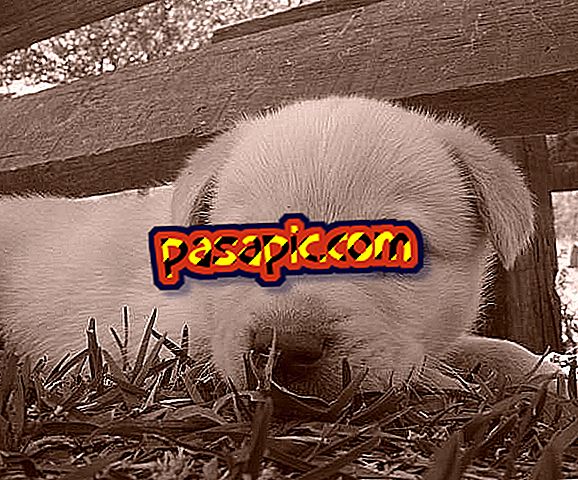How do you write haya or haiga

The so-called vulgarisms are all those expressions and terms that are not part of the cultured or standard language and are used instead of the correct words. In general, they are typical of popular speech, but they should not be considered typical of uneducated people, since in many cases it happens that a term belonging to the ancient language, called archaism, remains and continues to be commonly used by the majority. This is the case of haiga and haya, how do you write? What is the right way? To answer these questions, in this article we explain if you write there or haiga .
* Haiga
The word 'haiga' constitutes an archaism, that is to say, an antiquated term that at the moment is considered vulgarism. Many people use it for 'haya', however it is incorrect, the Dictionary of the Royal Spanish Academy (RAE) does not accept this word under that meaning. Besides considering a vulgarism of 'haya', 'haiga' has another concept according to the RAE:
- "Very large and ostentatious automobile", which also a vulgarity in disuse. Example: I bought a haiga from the year 2000 .
So, using 'haiga' instead of 'haya' is incorrect .
Haya
'Haya' corresponds to the 1st and 3rd person of the singular of the present subjunctive of the verb 'haber', so that is the correct way to write it when we want to use it under this meaning (Ex .: That I have done that does not mean nad a / I wish the test went well ). Besides being a conjugation of seeing it 'have', it has other meanings according to the RAE:
- "Tree of the family of the Fagáceas".
- "Wood of that tree".
- "Donation that the Spanish dance schools made the disciples to their teachers for Easter and other festivities of the year."
In this way, when we want to refer to the first or third person of the singular of the present subjunctive of 'having' we will write 'beech' .


